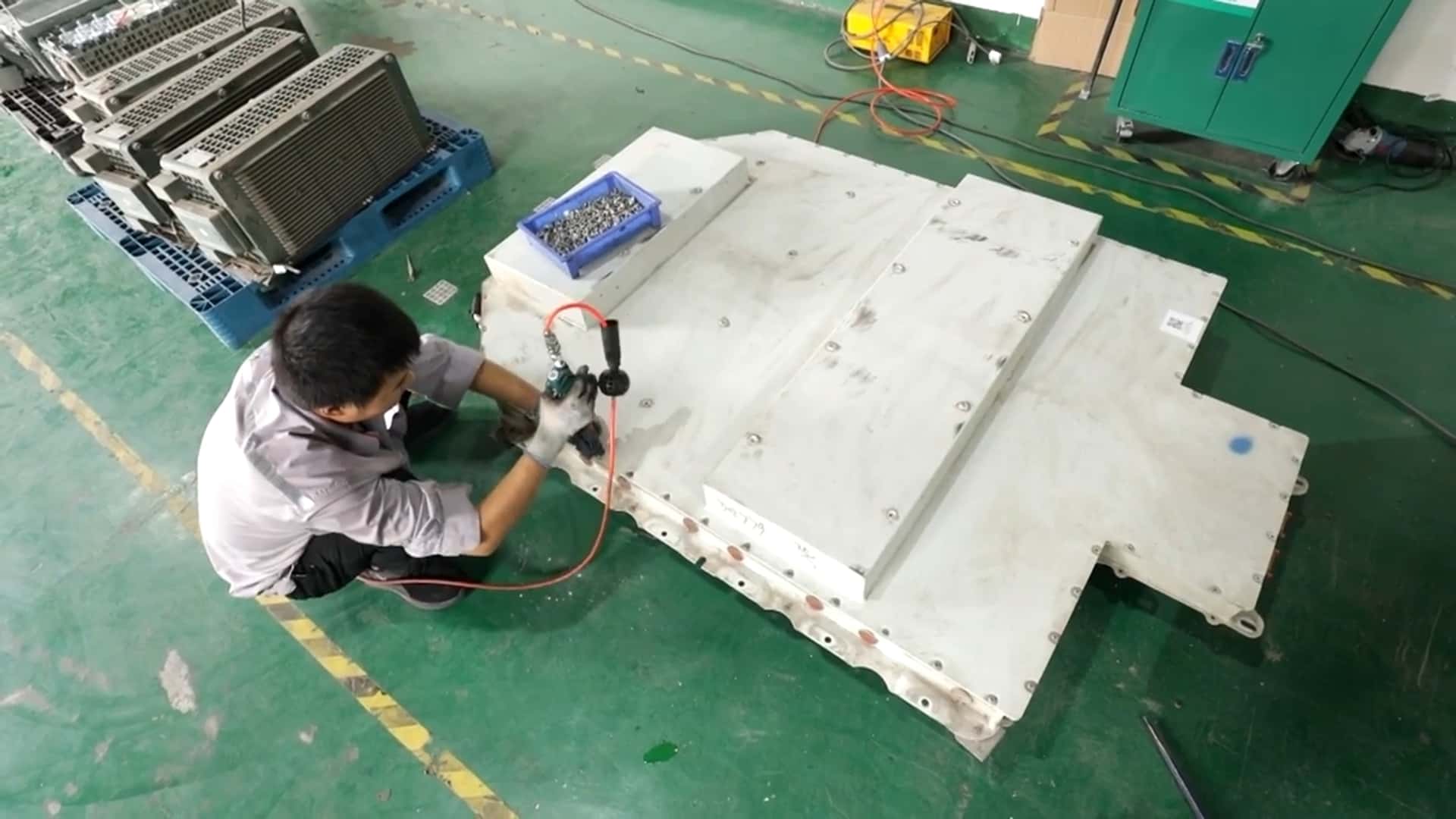China is making significant strides in electric vehicle (EV) battery recycling, with companies claiming recovery rates of up to 99.6% for nickel, manganese, and cobalt from end-of-life batteries. This impressive figure, if verified, surpasses the recovery targets set by the European Union for the end of the decade. The urgency for effective battery recycling is critical as the demand for electric vehicles surges globally, making it essential to recover materials rather than merely disposing of spent batteries.
The complexities involved in recycling EV batteries, particularly lithium-ion types, necessitate advanced technologies. China has emerged as a leader in this field due to its proactive regulations. The Ministry of Industry and Information Technology (MIIT) introduced stringent recycling standards in 2019, initially aiming for an 85% recovery rate of lithium, which is set to increase to 90% by 2024. Companies such as Guangdong Brunp Recycling Technology, a subsidiary of battery manufacturer CATL, are at the forefront, boasting an automated recycling process capable of handling 120,000 tons of waste batteries annually, with plans to expand to 1 million tons.
Despite the claims of high recovery rates, there is skepticism regarding the scalability of these achievements. It remains unclear whether the 99.6% recovery rate has been realized in large-scale operations or is limited to laboratory conditions. Furthermore, the energy-intensive nature of some recovery processes raises concerns about potential pollution. Techniques such as acid leaching, while effective in achieving high purity levels, necessitate careful wastewater management, which some recyclers may overlook to cut costs.
The focus on recovery extends beyond just EV batteries; standards have also been introduced for rare earths, copper, and aluminum, each with a targeted recovery rate of 98%. Reports indicate some companies are even exceeding these guidelines, achieving over 99% recovery for key materials, although lithium recovery is slightly lower at 98%. These regulations encompass not only electric passenger vehicle batteries but also those used in energy storage and marine applications.
The significance of these advancements cannot be overstated. As more vehicles transition to electric power, the need for sustainable recycling solutions will grow. The environmental impact of mining for raw materials like lithium and cobalt is a contentious issue, with ethical concerns surrounding labor practices and ecological damage. By emphasizing recycling, China aims to reduce reliance on newly mined materials and promote a circular economy.
The European Union has set ambitious targets, mandating that by 2031, any battery with a capacity greater than 2 kilowatt-hours must contain specified percentages of recovered materials—16% for cobalt and 6% for lithium and nickel. The EU also aims for recovery rates of 95% for cobalt, copper, lead, and 80% for lithium. Notably, these targets are lower than what China claims to achieve today.
China’s leadership in EV battery recycling positions it to become increasingly self-sufficient. As the country amasses critical materials through recycling, its dependence on raw material imports from regions like Africa or South America will diminish. This strategy will allow China to effectively close the loop in battery production and recycling.
In the United States, companies such as Redwood Materials are also making headway in battery recycling. Redwood claims it can recover up to 95% of nickel, cobalt, lithium, and copper from end-of-life batteries, although it has not yet achieved this at scale. The U.S. Inflation Reduction Act includes provisions that classify domestically recycled battery materials as American-made for subsidy purposes, encouraging local recycling efforts.
As global demand for electric vehicles continues to rise, the urgency for efficient recycling solutions will only increase. Questions arise about whether spent EV batteries from Western countries will eventually be sent to China for recycling. The landscape of battery recycling is evolving rapidly, and China’s advancements may set the standard for what is possible in the industry.
